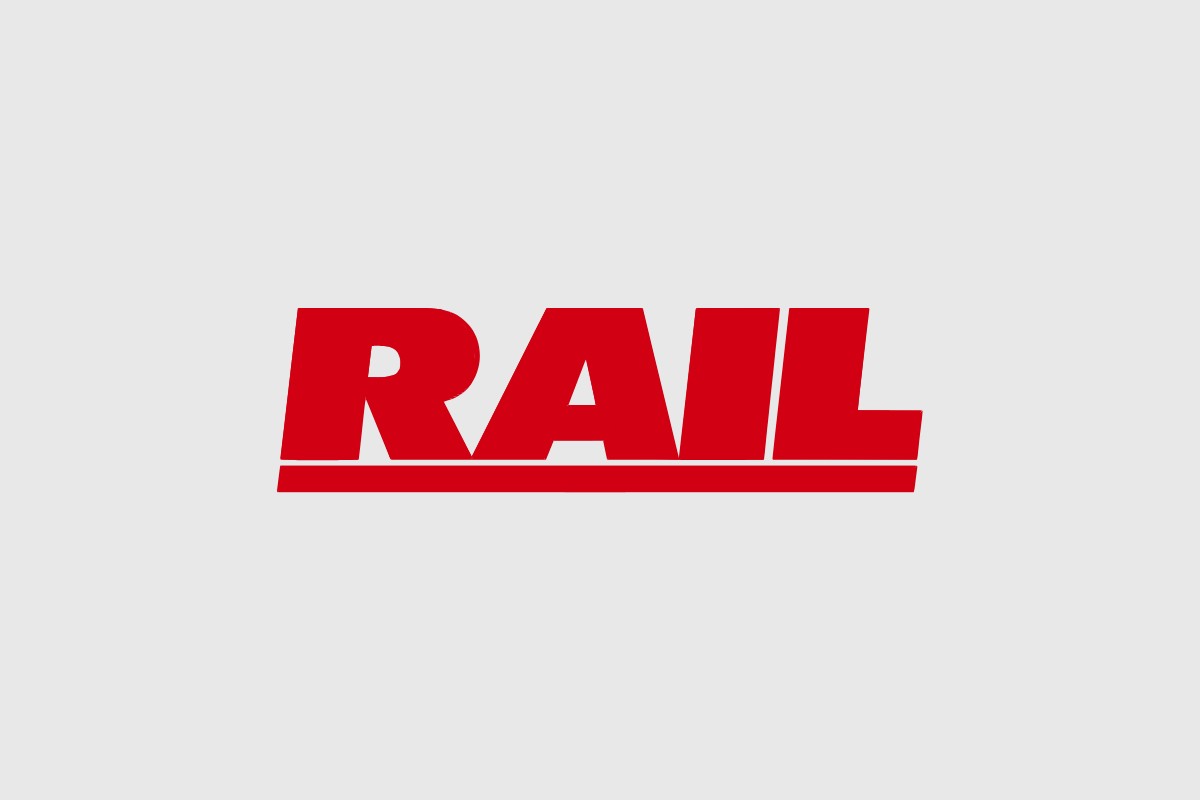R982 – Winning back rail passengers

Since the pandemic, one consequence of the changed pattern of demand for rail services is that the average fare yield for a journey has fallen. In the most recent quarterly statistics published by the Office of Rail and Road, which covers the three-month period until the end of December 2022, the number of passenger journeys is at 80% of those in the comparable period prior to the pandemic. But fare box income has reached only 66% of previous earnings.
Passengers have actively searched out cheaper ways of making a journey. The most obvious example is the purchase of single-journey tickets, often at off-peak fares, rather than the use of season tickets. For many, this product is no longer relevant, as the adoption of hybrid working - allowing an element of time working at home rather than a fixed place of employment - has become the norm for many people.
There has also been notable decline in demand for First Class travel. This has resulted in the withdrawal of this accommodation from Southeastern services, and most recently the longer-distance secondary services operated by West Midlands Trains serving London Euston. This cannot be a surprise.
Many operators have removed any sense of added value for the extra money, and the attraction of the ability to secure a seat has also eroded given the lower demand at peak periods. It is also evident that 'out of class' travel has ceased to be policed, with very little on-board ticket inspection activity on many routes. The feeling among train operators is that the crisis mentality at the Department for Transport has led to a cost reduction exercise which disregards opportunities to generate revenue that could be put in place to counter the slump in income.
Emergency Measures Agreements (EMAs) were introduced at the time travel restrictions were imposed during the Covid pandemic, under which franchised train operators were funded to run a largely unaltered timetable to meet the needs of a handful of essential employees who actually used the services available. This financial assistance was not available to open access operators. As a result, they effectively closed down and placed their key staff on furlough, meaning that as the market recovered, services were reintroduced at no cost to the taxpayer (whereas the cost of the EMAs has been estimated to be around GBP15 billion).
Since then, a number of National Rail Contracts have been negotiated to replace franchises, with a structure that is confined to paying for a specified service with defined rolling stock capacity, and without any brief to undertake the type of localised sales and marketing initiatives that were previously commonplace. "Rail must reverse the race to the bottom that has taken place, in terms of the quality of the product offered so that higher fares are seen as value for money." There is some good news, with unofficial reports from the train operators that since strike action by the RMT and ASLEF unions was paused, demand has increased strongly for journeys made for discretionary purposes in the leisure market.
This is a result of holding down fares which are mostly purchased in advance, to attract these users. The challenge now for the railway is that while lowerfaresaregoodnewsforpassengers, the cost base for providing rail services has increased as a result of inflationary pressures that have resulted in higher energy costs for traction, an escalation of staff costs, and increased traction and maintenance costs. To continue reading, see RAIL 982 here [1]
To read all our magazine articles, choose from either a Digital Edition Membership from just 99p for your first month, or a Print & Digital Edition package from just GBP9.50 per month. Choose your Membership here[2]
References
- ^ To continue reading, see RAIL 982 here (members.railmagazine.com)
- ^ Choose your Membership here (members.railmagazine.com)